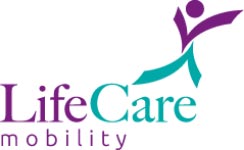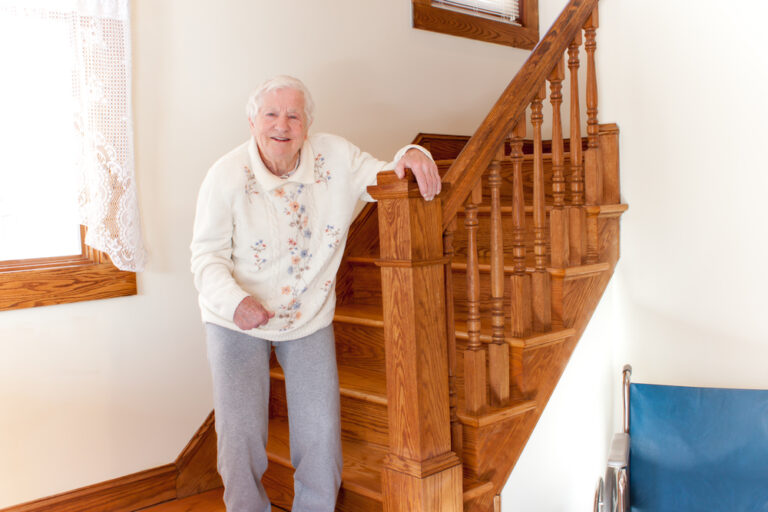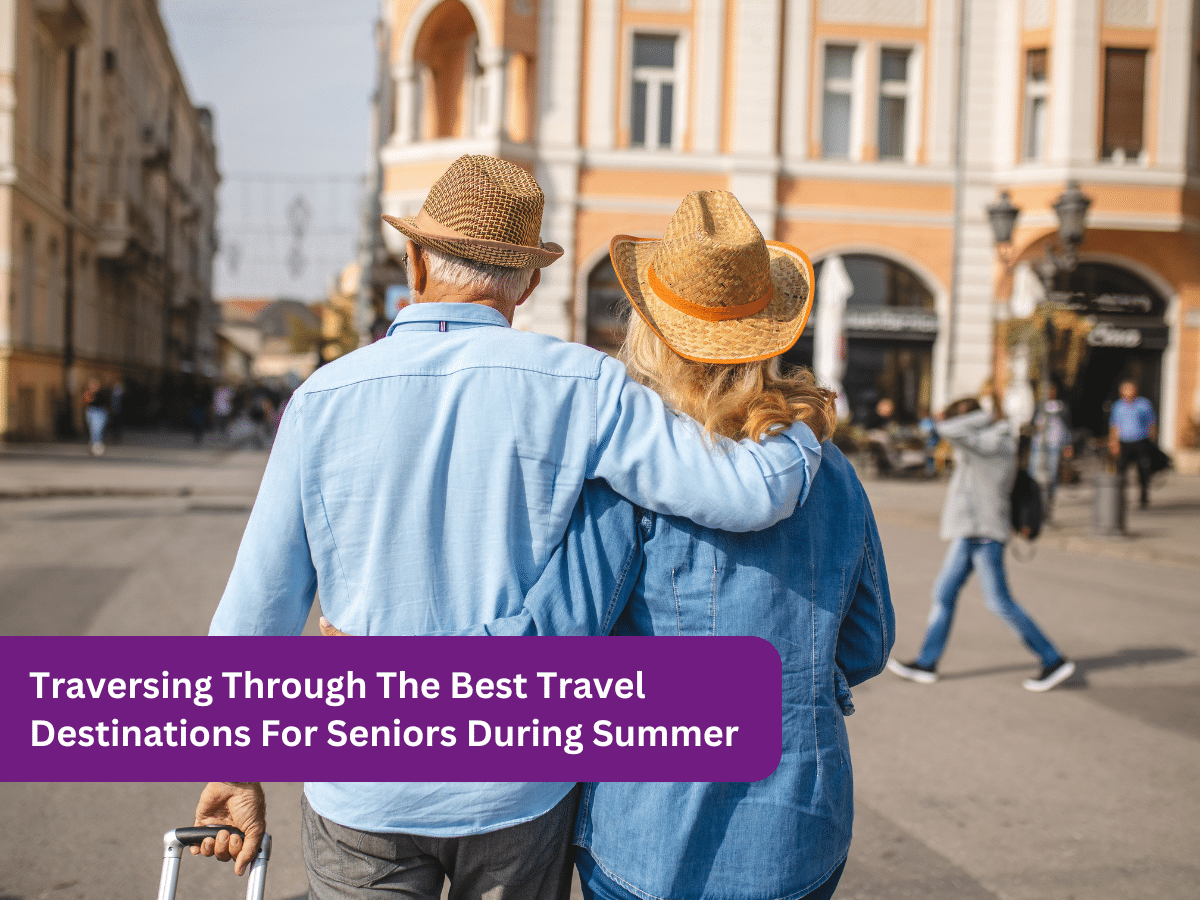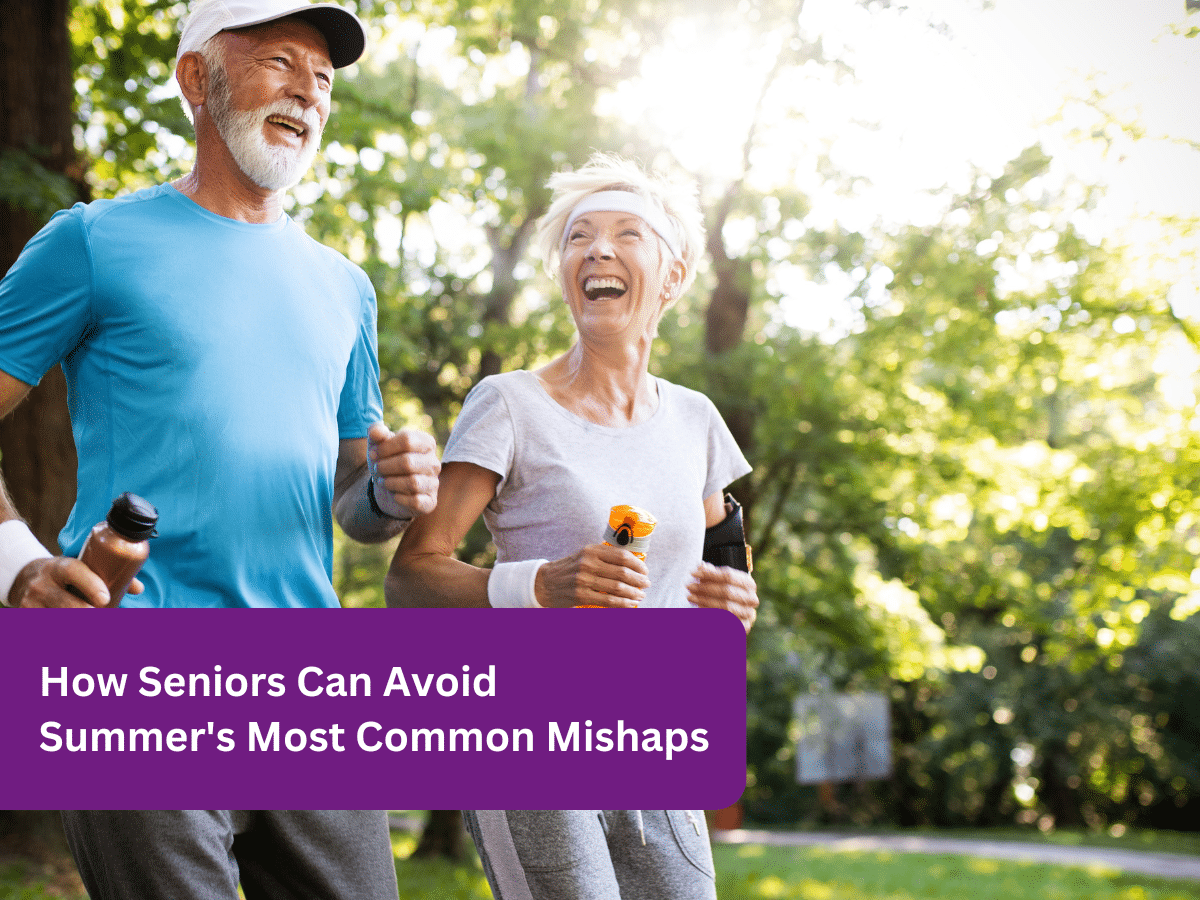For those of us who live with our elderly loved ones, we have a particularly special responsibility. Keeping them safe is of paramount importance. As we all know, those of advanced ages often experience decreased strength and balance. Having mobility issues, of course, can present an individual with an increased risk of slipping and falling. And don’t assume that such risks don’t result in serious injuries!
As Rachel Hartman reveals on Bankrate.com, a 2013 Consumer Product Safety Commission report revealed that “among people 65 years and older, nearly 800,000 injuries related to stairs, ramps, landings or floors were seen in hospital emergency departments in 2011.” Evidently, it is incumbent upon all those who live with elderly loved ones to find ways to minimize the risk of slips and falls in the home.
Here are three:
1. Ensure that your home is well lit.
What a bright idea! Quite obviously, the better the lighting in your home, the easier its inhabitants will be able to see where they are going. This is certainly important for seniors who experience vision impairments. Add night lights to the hallways of your home and install lamps in rooms that may seem dimmer than others.
“Make sure all high-traffic areas have bright, easily accessible lighting,” advises Karen Frazier on LoveToKnow.com, “Install automated and safety lighting inside and outside of the house. Outside, install motion activated safety lights, which can provide visibility for seniors after dark and may discourage intruders, as well. Inside, install an automated lighting system so the senior can easily access and turn on lights without having to cross a room to find a light switch.”
2. Make your floors as “non-slip” as possible.
This involves removing throw rugs. They are known for bunching up and creating major tripping hazards. In fact, you may want to replace your throw rugs for non-slip mats. These are especially important in the bathroom, which is often considered the most dangerous room in the home. Be sure, as well, to clear all walking areas of electrical wires and phone cords.
It’s also pretty important to find ways to make your staircases safer. “For stairs, treads placed on steps might help improve traction,” offers Hartman, “Outdoors, make sure any sidewalks or driveways are smooth and even. Another option is anti-slip coatings that can be applied to the floor just like a paint or a finish.”
3. Step up your staircase safety solutions.
Branching off of that last point, it cannot be stressed enough how important it is to make the stairs in your home safe. Clear your stairs of any objects. Literally any object on the stairs can be a tripping hazard. But, for many seniors, even a free and clear stairwell can be hard to climb safely. “Consider a stair lift for adults with decreased mobility,” suggests Frazier.
At LifeCare Mobility Solutions, we offer both new and recycled high-quality stair lifts that come with a long list of safety features. If you’re considering installing a stair lift in your home to maximize the safety of your elderly loved one, please don’t hesitate to call us at 647-350-4488 or email us at info@lifecaremobility.ca. You may also contact us by filling out the form on our Contact page!



